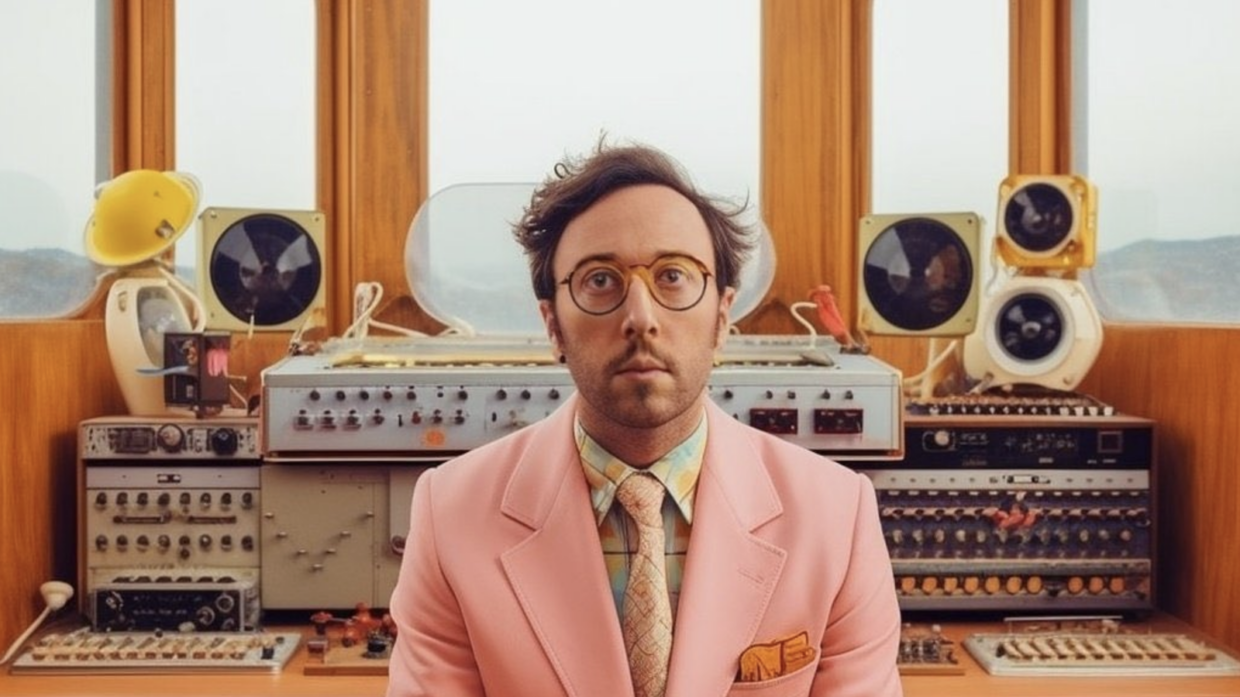Amidst a rapidly evolving Web3 landscape, a rising number of visual artists and musicians are exploring novel ways to engage with their fans. One such artist is Agoria, a French DJ, producer, and artist, who has been active in the NFT art scene for two years. In an experimental move, Agoria is offering his fans, known as the “Agorians,” a shared stake in the royalties from his upcoming song.
For the project, Agoria collaborated with Bolero, a blockchain-based music platform that bills itself as “A record label for every pocket.” Bolero’s “Song Shares” feature, a recent addition to the platform, is central to this collaboration. This feature enables fans who hold an NFT-based song in their wallet to earn rewards. While this represents an innovative use of blockchain technology in the music industry, it also raises questions about its scalability and applicability to artists whose fan bases may not be as familiar with NFTs and blockchain technology.
The distribution of the Agorians Song Shares has been designed to reward the most dedicated collectors of Agoria’s NFT artworks. Ninety percent of the Song Shares are reserved for the biggest collectors on Ethereum and Tezos. The remaining 10% will be available for purchase by Bolero users at $25 per Song Share. This distribution strategy underscores the value of the NFT art community and the role of collectors in supporting artists, but it also suggests that such initiatives may be most effective for artists whose fans are already engaged in the NFT space.
To claim their share of the royalties, individuals must create an account on Bolero and connect their wallets. This process highlights the transparency and efficiency of blockchain transactions, but it also assumes a level of familiarity with blockchain technology that may not be present among all fans.
Agoria’s initiative represents an interesting experiment in fan engagement in the Web3 space. By offering a shared stake in song royalties via NFTs, Agoria is testing a new way of reciprocating fan support and exploring the potential of blockchain technology in the music industry. However, the success of such initiatives may depend on the extent to which an artist’s fan base is already engaged with NFTs and blockchain technology.
As the Web3 landscape continues to evolve, it will be interesting to see whether other artists follow Agoria’s lead and whether such initiatives can be adapted to engage a broader range of fans who might otherwise be uninterested in or unaware of NFTs.



